In recent years, Bitcoin has been gaining ever more mainstream interest from people and companies alike. For most people, even the process that makes Bitcoin transactions possible to work is pretty hard to understand.
We’ll take a look at each step in a Bitcoin transaction, right from when the sender hits the “Send” button through to its reception at the recipient’s end. Each step is broken down for better clarity and simplified so that it is easy to understand how this process works.
Introduction to Bitcoin
Bitcoin is a digital currency, also known as cryptocurrency, completely bank-independent and decentralized. Bitcoin was created in 2009 by an individual or group of persons using the pseudonym Satoshi Nakamoto. Unlike regular money, there is no controlling central authority for Bitcoin, hence its decentralization.
Any transaction you make with Bitcoin gets verified by a network of computers called nodes, which are assisted by advanced cryptographic techniques. These transactions then get recorded on a public ledger called the blockchain.
Think of it like a transparent digital record book for everyone, yet not one that any single person alone could alter without the consensus of the network. This structure allows for a measure of security and integrity in transactions, all without the need for a middleman.

The Basics of Bitcoin Transactions
To make the picture clear of what a Bitcoin transaction really is, let’s break it down.
A Bitcoin transaction is inherently like sending or receiving money but in the digital world.
Whenever a transaction is made in Bitcoin, some amount of it is transferred from one place to another. The transaction is broadcast to the entire Bitcoin network and then grouped into what are called blocks.
Every transaction is assigned a unique identifier called the transaction ID, which serves as a sort of digital receipt for this transaction. There are two key elements in this transaction: inputs and outputs.
Inputs: You can think of inputs as a source of Bitcoins you are sending. Every input points back to the previous transaction where Bitcoins were received. Much like one would reference a source of funds that he intends to use, he ensures that the Bitcoin being sent is from a legitimate source.
Outputs: These are places the Bitcoin is destined for. Each output names an amount of Bitcoin to be transferred and the address, or the public key, to which it should be dispatched. In other words, outputs direct who gets how much of the Bitcoin and where.
Therefore, if you are making a transaction in Bitcoin, it is something like creating a record that is detailed enough to show where the Bitcoin is coming from and where it’s going, all the while being tracked and verified by the network.
Setting Up a Bitcoin Wallet
But before you can send or receive Bitcoin, you will need a Bitcoin wallet. Think of a wallet as your digital way to handle your Bitcoin. It allows you to store, send, and receive Bitcoin safely.
There are many kinds of wallets one can use; each type has different features. These include:
1. Software Wallets
These are the applications you can install on your computer or smartphone. Software wallets are very popular because they are user-friendly and convenient for everyday transactions.
They come in different forms, including:
Desktop Wallets: They are installed on your computer, allowing access to your Bitcoin from that device.
Mobile Wallets: Applications you can install on your smartphone to manage your Bitcoin on the move.
Software wallets are excellent in high transaction volumes, where ease of access is called for. However, since they are connected to the internet, they may turn out to be vulnerable to online threats if not properly secured.
2. Hardware Wallets
These are physical devices designed for storing your Bitcoin offline. Hardware wallets are very safe, as they keep your private keys away from internet/intranet online threats.
In using a hardware wallet, you plug it into your computer or smartphone whenever you have to make a transaction and then unplug it afterward. This very protective feature of the wallet makes it just perfect for storing bigger amounts of Bitcoin that you don’t use often.
3. Paper Wallets
A paper wallet is a document, physical in form, containing your Bitcoin public and private keys printed on it. Being an entirely offline process, it’s very secure since it’s safe from online hacking. However, paper wallets can easily get lost or damaged, so storing them in a safe place is important.
While each type of wallet has its pros and cons, in this guide, we’ll use software wallets. They offer a balance of ease of use and functionality that makes them a good all-rounder for most people who need regular access to their Bitcoin.
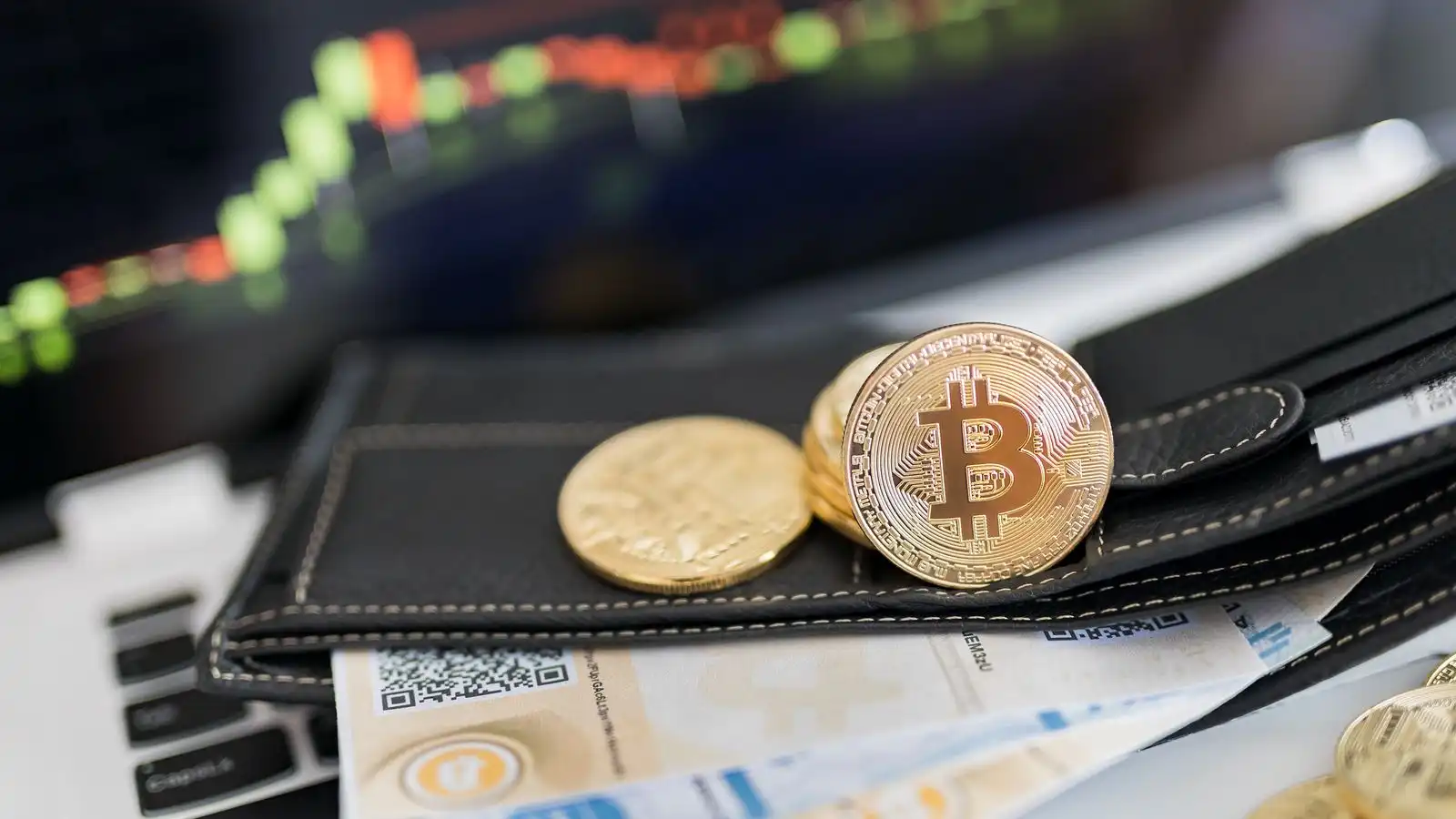
Creating a Bitcoin Wallet
Putting up a Bitcoin wallet is relatively easy to do through the following steps:
- Selecting a wallet provider: You can choose between the following wallet providers: Electrum, Mycelium, Exodus.
- Download the Wallet: Go to the website of the wallet provider and download the wallet application.
- Install the Wallet: Use installation instructions to set up the wallet on one’s device.
- Create a New Wallet: Open the wallet application and create a wallet by following the guides. This will generate a public address (used when receiving Bitcoin) and a private key (used for spending Bitcoin).
Be sure not to give away your private key to anyone.
Sending Bitcoin
Now that you have a Bitcoin wallet set up, let’s go through how things look when you are about to send somebody some Bitcoin.
Step 1: Enter the Recipient’s Address
First, you will need the receiver’s public address. It will be a series of very long and complex letters and numbers that will, in reality, serve as the digital equivalent of an address.
It is extremely important to be very exact in this because Bitcoin transactions are irreversible—once you hit send, there is no way to get it back.
Check twice to make sure the address is accurate before going forward.
Step 2: Input the Amount
Next, you’ll enter how many Bitcoins you’re sending. Bitcoin is divisible to the eighth decimal place; the smallest unit is referred to as a satoshi.
In total, one Bitcoin = 100 million satoshis, allowing you to send even tiny amounts if necessary. Be sure to enter the right amount for you so that you’re performing the correct transaction.
Step 3: Set the Transaction Fee
Next, you will set a transaction fee, which is the amount you are willing to pay to the miners who verify and process transactions on the Bitcoin network.
With a larger fee, the transaction gets processed faster because miners are incentivized to work on transactions with higher fees first.
Your wallet will typically have the recommended fee based on current network congestion, but you can customize it if you would like.
Step 4: Confirm the Transaction
Lastly, it’s wise to review the details. This wallet should summarize for you the recipient’s address, the amount, and the fee. Take a second to check everything is correct. When you’re sure, it will send the transaction over the network.
Next, it will be processed and added to the blockchain where it will be permanently recorded.
Follow these steps to send your Bitcoin in an exact and perfectly smooth way.
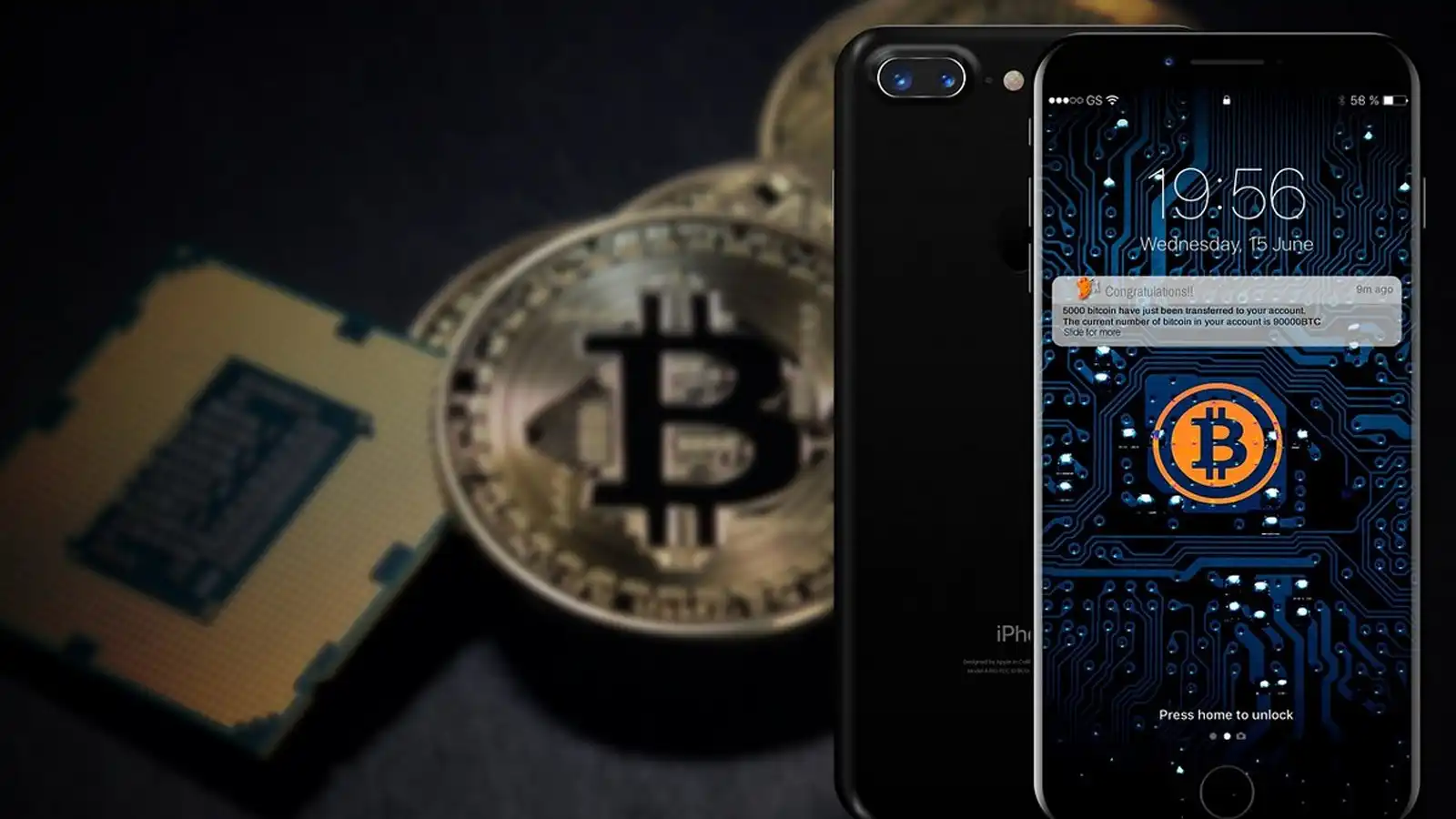
The Role of Miners in Bitcoin Transactions
Miners are part of the core Bitcoin network.
Primarily, their work consists of solving very complex mathematical riddles using powerful computers. In this case, such computational efforts are not all about crunching numbers; rather, it is necessary in the verification and securing of Bitcoin transactions.
When you send some Bitcoin, your transaction is bundled with others into a group called a block. Then miners race each other to solve a tricky mathematical problem connected to that block.
Think of it like a high-stakes competition: the first miner who cracks the code gets to add the block to the blockchain. Once that happens, all transactions in that block are considered confirmed.
Transaction Confirmation
An official confirmation of a Bitcoin transaction occurs when it’s put into a block that gets added to the blockchain. That block becomes a part of a chain of blocks, and every new block that comes after adds more confirmations to your transaction. Each confirmation makes your transaction more secure and harder to alter.
Normally, six confirmations are considered to be sufficient proof that a transaction is secure enough. It simply means that following each new block addition to the blockchain—with your transaction inside one of those blocks—five new blocks will be created after yours, embedding your transaction deeper in the blockchain and making it considerably resistant to tampering.
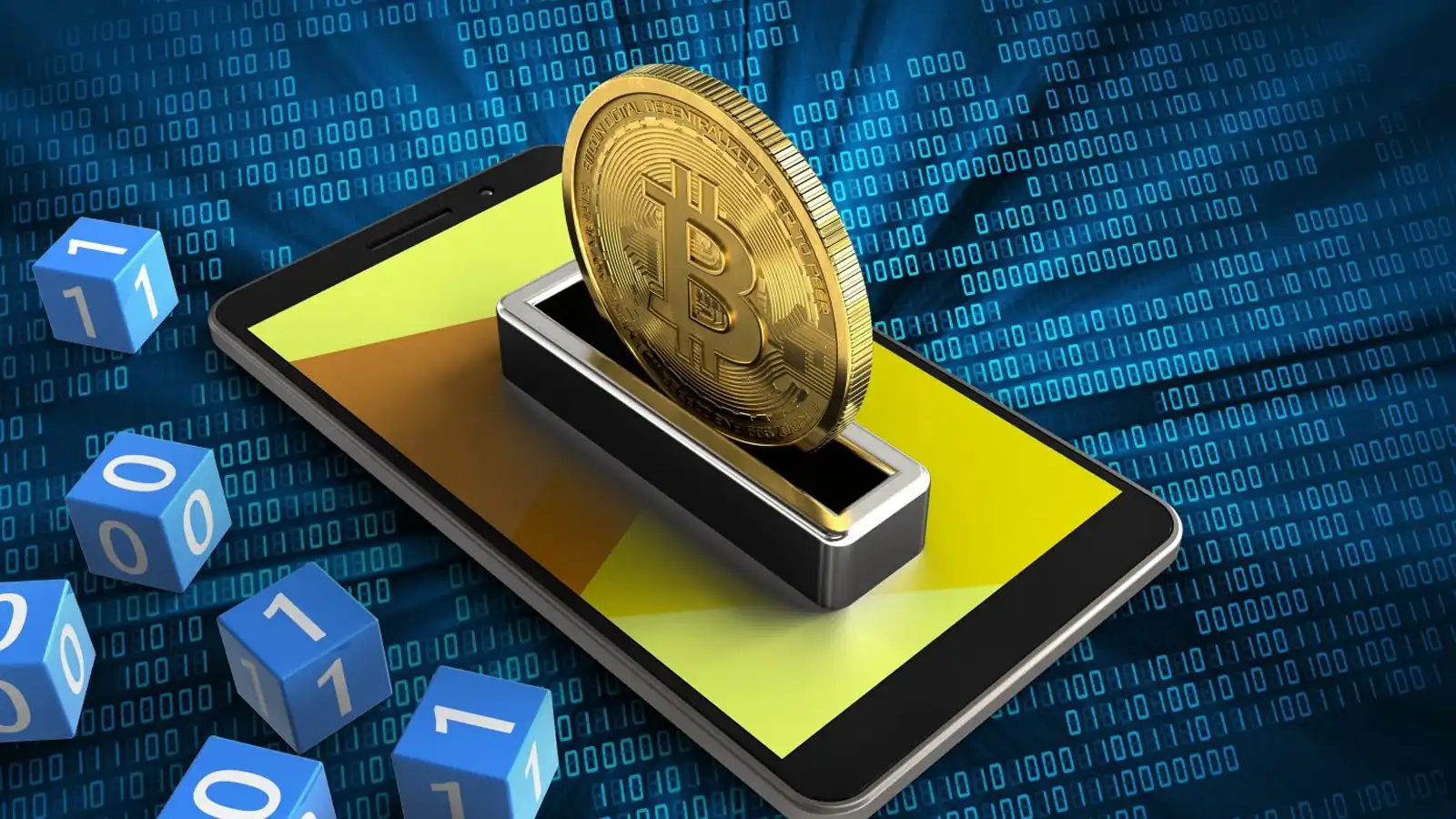
Receiving Bitcoins
Receiving Bitcoin isn’t hard also. Here is how to do it:
Step 1: Give Your Address
First, you are going to need to share your wallet’s public address with the person who will send you Bitcoin. The public address is like a long, unique string of letters and numbers that guide your Bitcoin to the right place.
It will always be in your wallet application, usually under a section labeled something along the lines of “Receive” or “Deposit.”
Step 2: Wait for the Transaction
After the sender uses your public address to initiate the transaction, you will see a notification in your wallet. At this point, the transaction will show up as “unconfirmed.”
What this means is that it is broadcast to the Bitcoin network but hasn’t yet been processed by the miners. Think of it like waiting for a check to clear—it is in the system, but it’s just not officially processed yet.
Step 3: Await Confirmation
The transaction has to be confirmed by miners; hence, it must be added to a block on the blockchain. The process requires miners to solve highly complex puzzles to verify the transaction and add it to a block on the blockchain.
This will update your wallet to show the Bitcoin as confirmed when it has obtained enough confirmations. You can start spending the Bitcoin at this point, knowing that it is safely in your account.
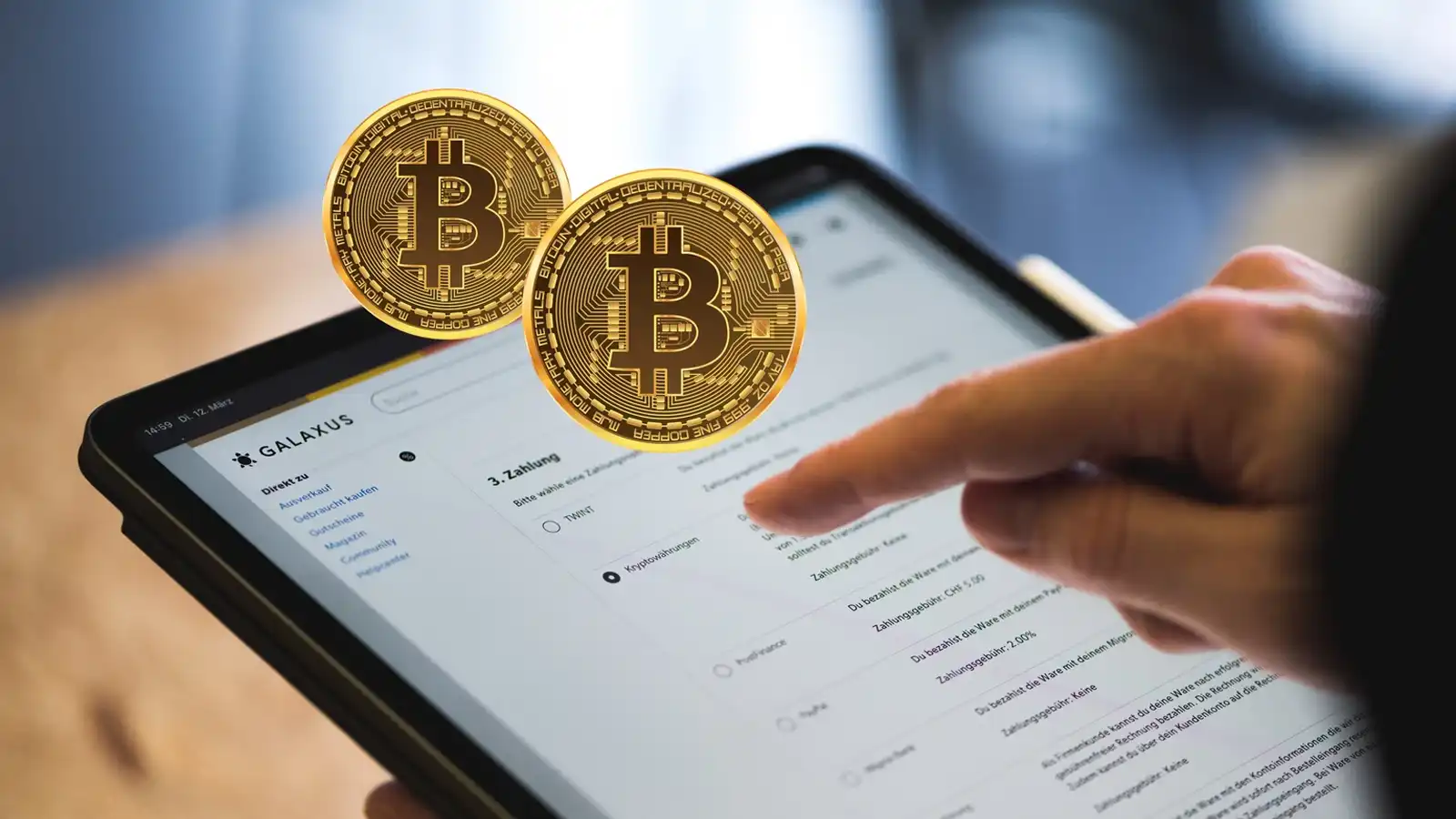
Understanding Transaction Fees
Transaction fees are involved when sending Bitcoin and play a crucial role in how your transaction is handled. The fees act to incentivize the miners, who are the processing party that confirms your transactions.
In essence, miners give more priority to transactions with higher fees since it increases their revenue.
Impact of Fees on Transaction Speed
It means that the size of the fee you set has a very big impact on how long it will take for your transaction to be confirmed. Setting a higher fee will incentivize miners to include your transaction in the next block, processing your transactions faster.
With lower fees, your transactions might take longer because they could get queued behind other transactions with higher fees.
Factors Influencing Transaction Fees
Several factors may impact the amount of fee that is going to be paid for it. Here are a few:
Network Traffic: The more congested the Bitcoin network is, the higher the fees. There are so many transactions waiting to get processed; hence, they compete to get selected in the upcoming block. During such times, higher fees help ensure your transaction gets processed more swiftly.
Transaction Size: It also depends on the size of your transaction in bytes. Larger transactions that take up more data storage space command higher fees, for the simple reason that they occupy more space in a block and hence need more resources from the miners.
Fee Rate: The fee rate is usually measured in satoshis per byte (sat/byte). This metric informs how many Bitcoins you are willing to pay for every byte of data in your transaction. Many wallet applications provide recommendations on the fee rate, given current network conditions, to help users set a fee that will balance cost against speed.
Knowing this will help you manage the transaction fees and also ensure the timely processing of transactions within the Bitcoin network.
How to Ensure Security when Transacting Bitcoins
Security is of the most importance when it comes to Bitcoin transactions. In this regard, here are important tips for keeping your transactions safe and secure:
1. Use a Reputable Wallet
Select a wallet from a reputable provider that implements the best security practices. Check wallets that have a reputation for not allowing users’ funds to be lost or leaked.
Also, remember to update your version of the wallet since updates to wallets are often necessary for security patches and improvements regarding protection against new threats.
2. Activate two-factor authentication (2FA).
If available with your wallet, turn on two-factor authentication (2FA). This will give you an additional layer beyond the password for security.
In 2FA, you are required to input a code that is either sent to your phone or created by any authenticator app, besides your regular password. It means that even if someone has your password, they can’t get into your wallet without this second factor.
3. Be Careful of Public Wi-Fi
Avoid doing any Bitcoin transactions over public Wi-Fi networks at coffee shops or the airport. There could be much less security with public Wi-Fi and create the risks of data interception or hacking.
Instead, do this over a trusted private network, like your home Wi-Fi, which is an ultrasecure environment for all of your transactions.
4. Double-Check Addresses
Always double-check the recipient’s address before sending any Bitcoin. By default, the Bitcoin transaction is irreversible—for example, if you send it to the wrong person, there is no possibility of getting it back.
A small typo in the address could mean your funds are directed to someone else. Ensure the address is correct, and wherever possible, verify that with the recipient to avoid mistakes.
With these tips, you can make your Bitcoin transactions a bit more secure and have peace of mind when storing digital assets.
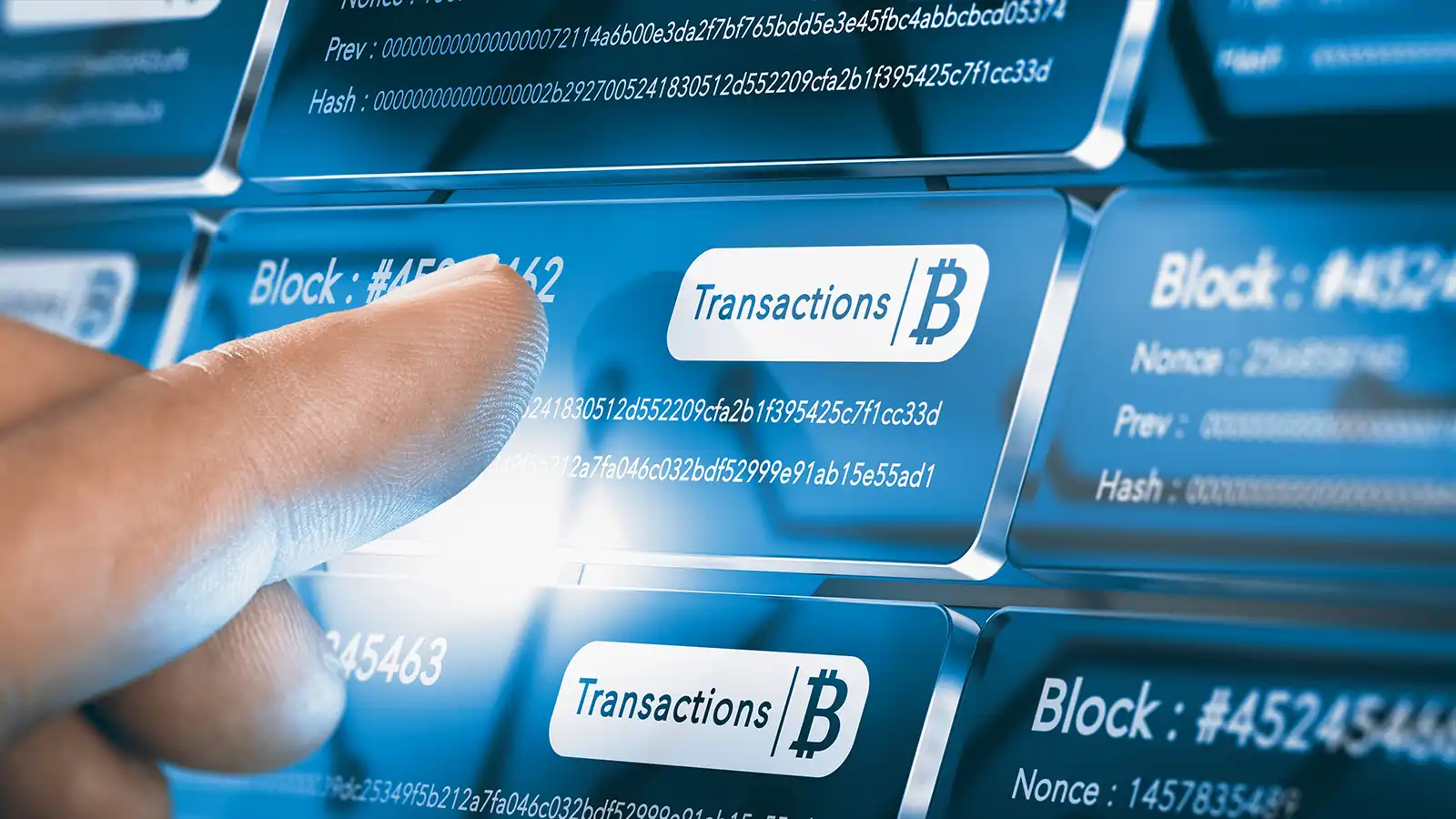
Common Issues and How to Resolve Them
No matter how many precautions you take, you are bound to face some problems while dealing with Bitcoin transactions. Here’s a glance at some common problems and how you can cope with them:
1. Transaction Delays
This can delay transactions, especially if the Bitcoin network is busy at the time or if you have set a low transaction fee. In such cases, the system gives priority to transactions with higher fees, so they are processed more quickly.
If you experience a stuck transaction, you have two options: sit and wait for the congestion on the network to subside or ensure that, for future transactions, you set a higher fee to make sure that it is faster.
2. Stuck Transactions
Transactions occasionally ‘hang’, sometimes taking a very long time to confirm. This can occur when the fee is set too low or because of technical problems in the network itself. If you find yourself in this situation, some wallets provide tools to help.
Features such as “Replace-by-Fee” allow the fee of a pending transaction to be ‘bumped’ so that it gets prioritized. Similarly, “Child Pays for Parent” allows you to create a new transaction with a higher fee and by doing so, push the original stuck transaction.
3. Wrong Address
The most critical problem associated with sending Bitcoin to the wrong address is that it is irreversible. There is no way for the money to be returned if you have mistakenly sent Bitcoin to an incorrect address. That is why before sending the funds, always make sure that the address is correct.
If you really made a mistake, the only action left is to reach out to the recipient and plead to have the funds returned, but of course, that is entirely up to them.
Knowing the common problems with solutions will help you to better manage your Bitcoin transaction and find quick solutions to these problems.
Future of Bitcoin Wallets
It’s come a long way since the cryptocurrency first launched, and it continues to evolve. Early on, a Bitcoin transaction was simple but could be slow and sometimes expensive, especially during times when too much was occurring on the network.
However, with the increased popularity of Bitcoin has come increased demand for faster and more cost-effective solutions.
One such exciting development is the Lightning Network, a technology developed to dramatically improve the transaction capabilities of Bitcoin. It does this by creating a second layer over the Bitcoin blockchain, allowing for off-chain transactions.
Transactions can thus happen almost instantly at a fraction of the cost compared with on-chain transactions. In simple terms, the Lightning Network creates a network of payment channels in which users can execute numerous transactions off the main blockchain and only settle on-chain when necessary.
As Bitcoin matures further, we should expect the introduction of even more new innovations to improve transaction usability. New technologies and improvements in how these problems of transaction speed, cost, and scalability are resolved will make this innovation more practical and effective for everyday use and also make it easier for people to buy or sell cryptocurrency like Bitcoin all around the globe.
New improvements will continuously show up with the view to offer an experience that is both frictionless and more user-friendly—on its hallmark, a rapidly maturing Bitcoin ecosystem.
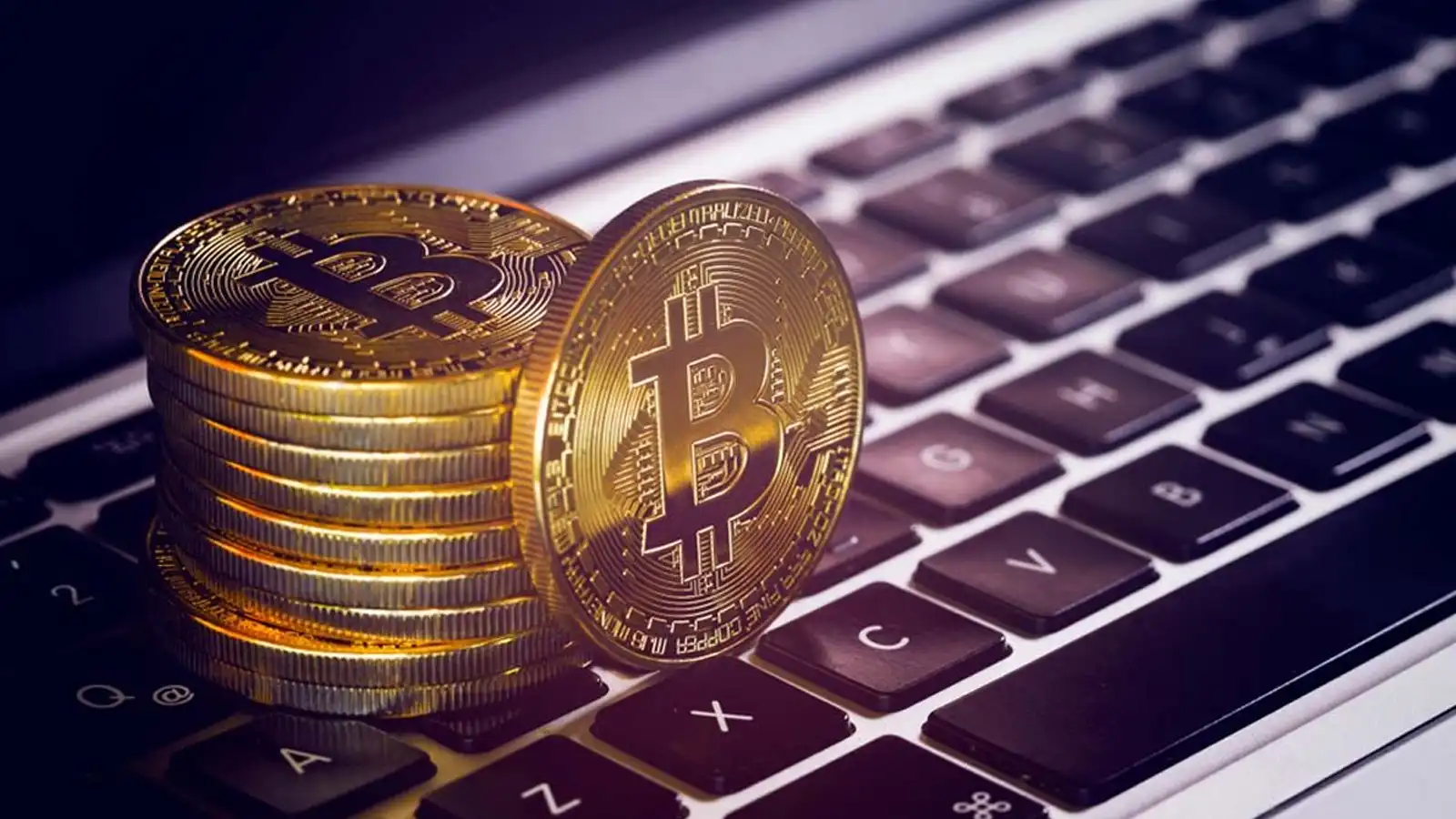
Conclusion
Understanding how a Bitcoin transaction works from the time you hit “Send” until the time it goes to the receiver is very instrumental in using this digital currency. With the steps outlined above, you will confidently be able to send and receive Bitcoin by ensuring your transactions are safe and efficient.
In the rapidly changing world of Bitcoin, keeping yourself up to date with best practices will help you navigate these exciting financial times with much ease.
We have covered in this blog post everything from setting up a wallet to getting a transaction confirmed in a blockchain. Clarifying each step and putting it in simple words, we have tried to make the topic available to as many people as possible, regardless of technical background.
The better you understand how Bitcoin works, the better equipped you will be to make good, informed decisions about the opportunities this revolutionary technology has in store for you.
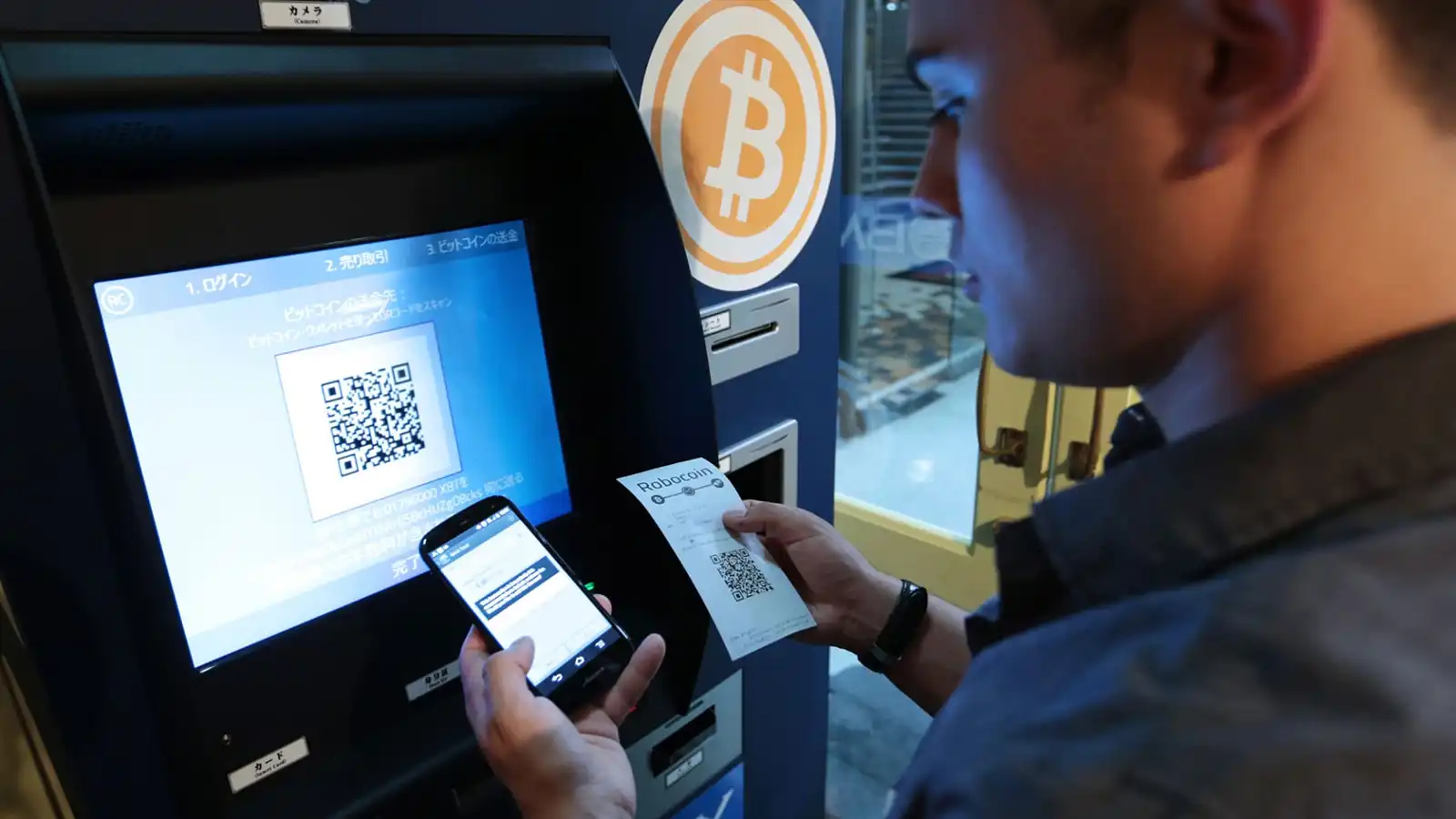

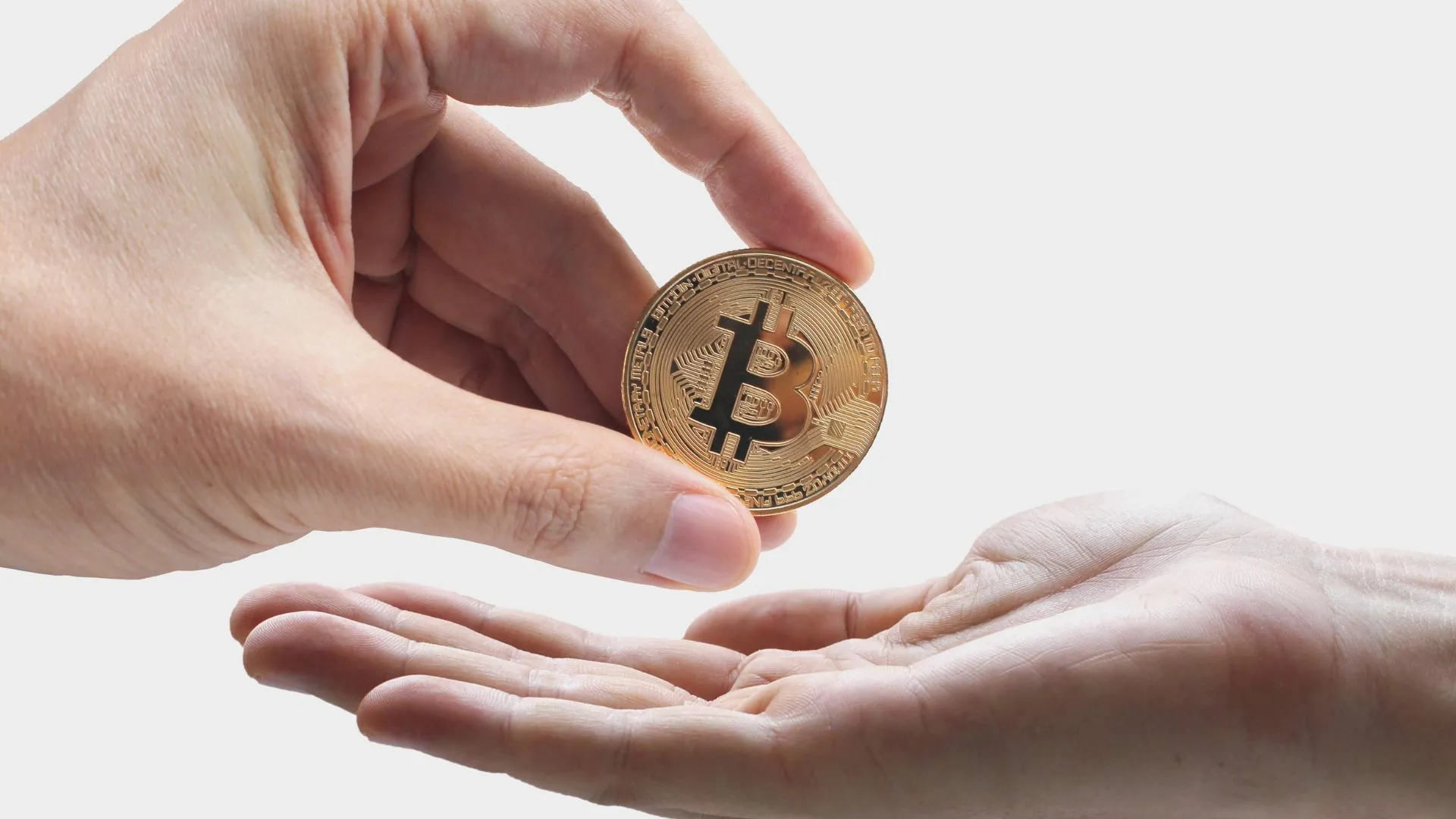
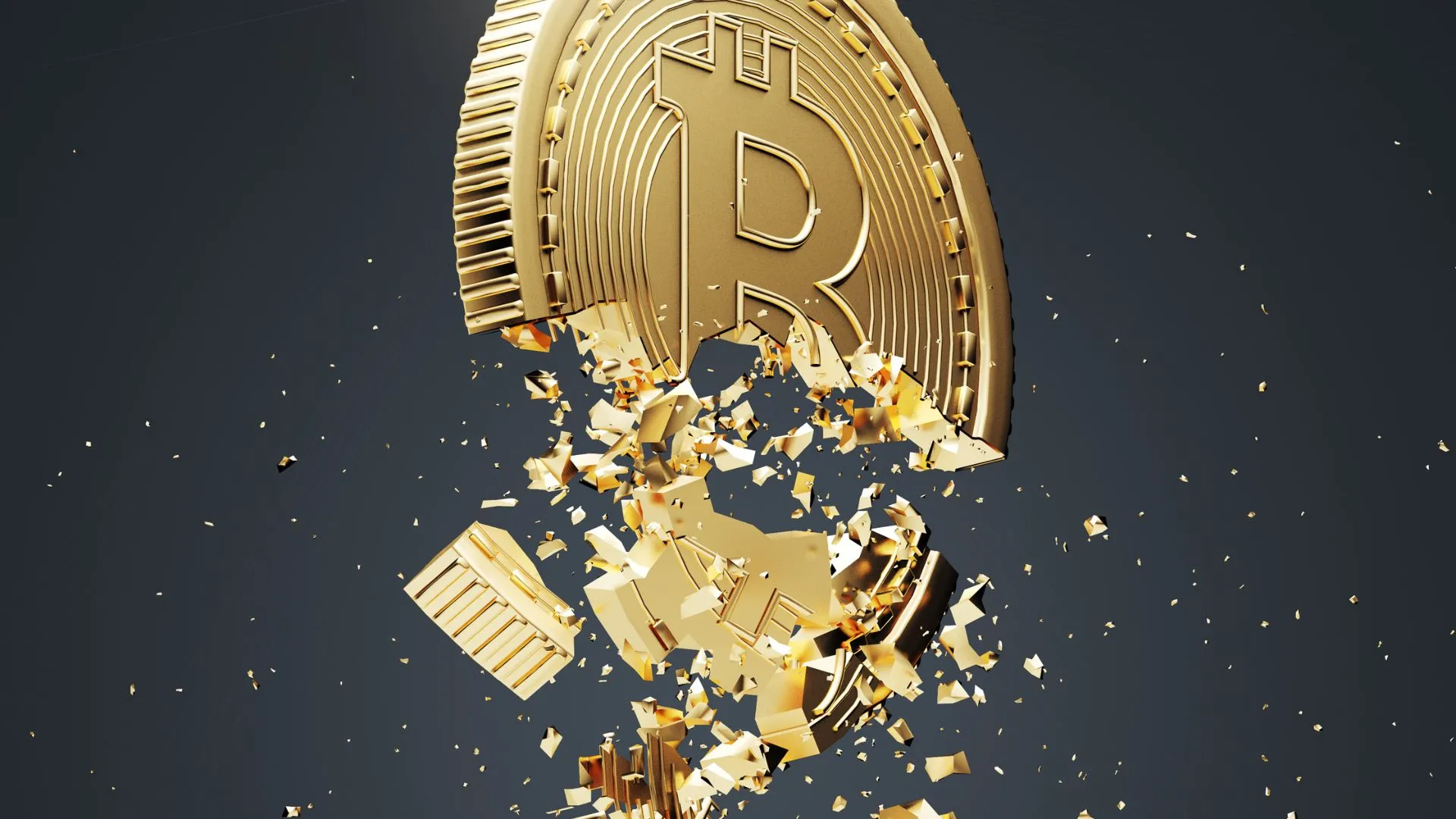
One reply on “Bitcoin Transactions – From “Send” to “Receive””
[…] holding your private key, the wallet also signs Bitcoin transactions on your behalf using your private key and broadcasts them to the Bitcoin […]